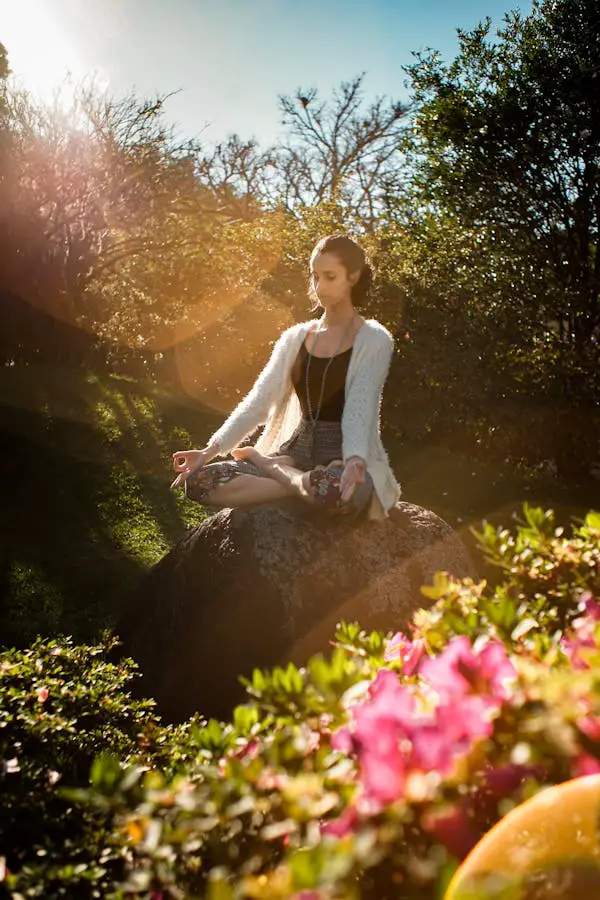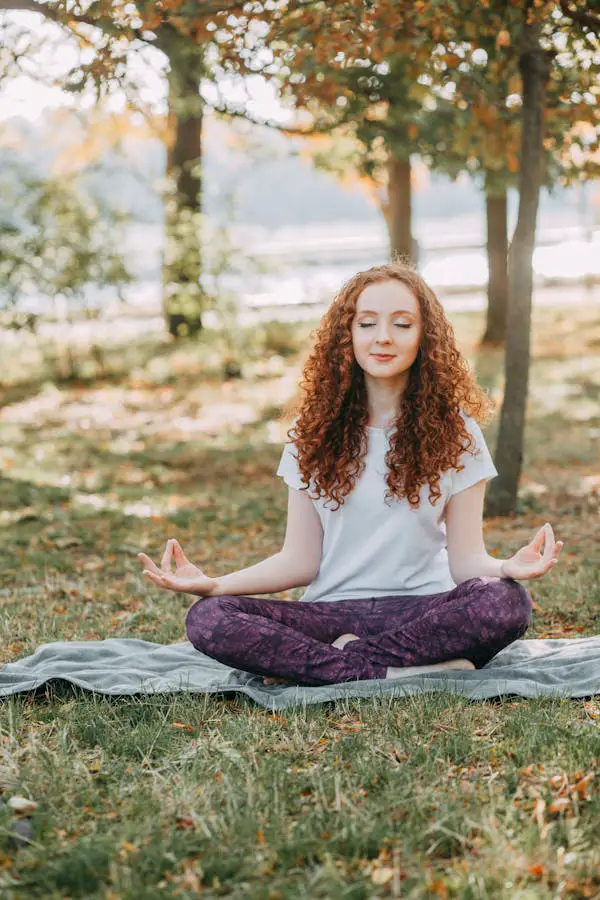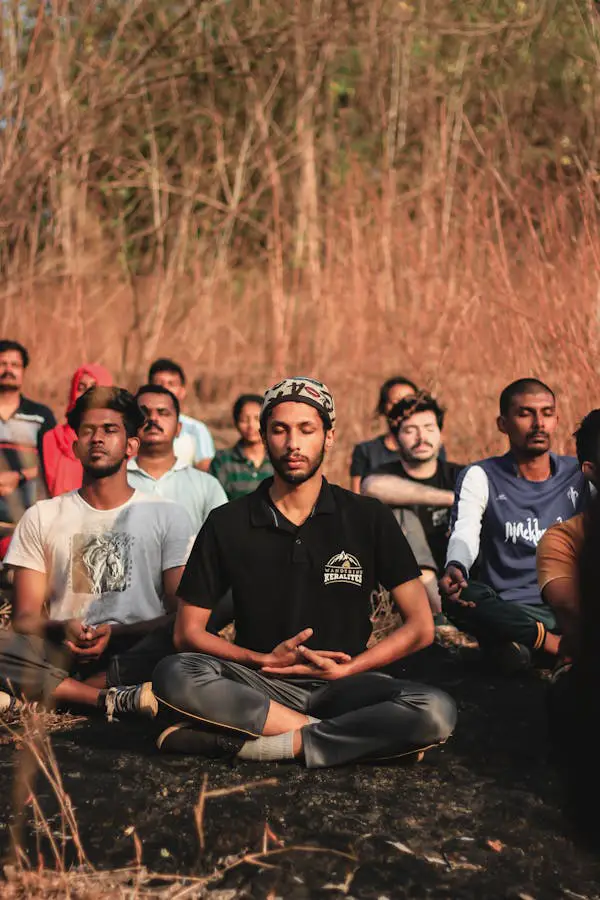
Imagine a practice that helps reduce stress, boost mental clarity, and improve overall well-being – all while being secular, accessible, and free!
That’s exactly what Palouse Mindfulness offers.
In this blog post, we’ll dive into the world of Palouse Mindfulness, exploring its unique features, core principles, and benefits compared to other popular mindfulness practices.
Our goal is to equip you with knowledge that empowers you to embrace this transformative journey towards a healthier, happier lifestyle.
What is Palouse Mindfulness?
Palouse Mindfulness, crafted by Dr. Michael Stone, presents a secular mindfulness approach rooted in his exposure to Native American communities in Idaho’s Palouse region.
The essence of Palouse Mindfulness lies in fostering awareness, compassion, and wisdom through guided meditations and informative materials.
This approach provides a practical and non-religious avenue for individuals to cultivate mindfulness skills, drawing inspiration from Dr. Stone’s experiences in the Palouse region.

Core Principles of Palouse Mindfulness
Secular
Palouse Mindfulness is firmly grounded in science, distancing itself from religious affiliations.
This inclusive foundation makes it accessible to individuals of diverse backgrounds and beliefs.
The program is designed to resonate with a broad audience, fostering mindfulness without imposing specific spiritual or religious ideologies.
Accessible
Palouse Mindfulness prioritizes accessibility by offering its resources online at no cost.
This includes free online courses, guided meditations, and supportive community forums.
This approach ensures that anyone interested in cultivating mindfulness skills can easily access the materials and join a community of like-minded individuals seeking personal growth and well-being.
Comprehensive
The program provides a comprehensive range of guided meditations tailored to various purposes.
Whether it’s a body scan to enhance self-awareness, a sitting meditation to focus the mind, or a walking meditation to incorporate mindfulness into daily activities, Palouse Mindfulness offers a diverse array of practices.
This variety allows individuals to explore and choose techniques that resonate with their preferences and needs.

Mindfulness-Based Stress Reduction (MBSR) Program
Palouse Mindfulness builds upon the established foundations of the Mindfulness-Based Stress Reduction (MBSR) program.
However, it distinguishes itself by going beyond traditional approaches.
The program offers a self-paced learning experience, allowing individuals to progress at their own speed and tailor their mindfulness journey to their unique needs.
The self-paced nature of Palouse Mindfulness recognizes that individuals have different learning styles and schedules.
This flexibility enables participants to integrate mindfulness practices into their lives in a way that suits their individual preferences and circumstances.
Unique Features of Palouse Mindfulness
- Self-paced learning approach: Participants can progress at their own pace, allowing them to fully absorb the teachings and integrate them into daily life.
- Experienced teachers and guided meditations: Palouse Mindfulness boasts a team of experienced instructors who guide participants through the process with empathy, patience, and expertise.
- Free and open-source materials: All course content, guided meditations, and supporting resources are freely available online, ensuring equal accessibility to all.
Different Practices of Palouse Mindfulness
Palouse Mindfulness offers a wide range of practices to cater to different needs and preferences.
Here’s a breakdown of some key categories:
Formal meditation practices
- Sitting meditation: The core mindfulness practice focusing on cultivating present-moment awareness through breath observation and body scans.
- Body scan meditation: Bringing gentle attention to different parts of the body to enhance body awareness and relaxation.
- Walking meditation: Integrating mindfulness into daily activities by focusing on bodily sensations and awareness while walking.
- Loving-kindness meditation: Cultivating compassion and kindness towards oneself and others through guided visualizations and phrases.
Additional practices
- Yoga: Adapting mindful movement principles to promote body awareness and relaxation.
- Qigong: Gentle stretches and movements combined with mindful breathing for improved circulation and well-being.
- Mindful eating: Bringing awareness to the body’s hunger and satiety cues for healthier eating habits.
- Mindful communication: Cultivating present-moment listening and compassionate communication.
Supportive activities
- Guided exercises: Short, focused practices for specific situations like managing stress or difficult emotions.
- Informal practices: Integrating mindfulness into daily activities like chores, gardening, or spending time in nature.
- Community forums: Participating in online discussions and sharing experiences with other practitioners for support and motivation.

Benefits of Palouse Mindfulness
The benefits of Palouse Mindfulness encompass various aspects of personal well-being, both mental and physical:
Reduced stress and anxiety
Engaging in regular Palouse Mindfulness practices equips individuals with practical tools to manage stress and anxiety more effectively.
By fostering present-moment awareness and acceptance, participants learn to detach from worries, promoting inner calm and emotional resilience.
This, in turn, contributes to a healthier mental state.
Improved emotional regulation
Palouse Mindfulness empowers individuals to observe and acknowledge their emotions without judgment.
This process enhances understanding and regulation of emotional responses, leading to increased emotional stability and improved coping mechanisms for challenging situations.
The result is a more balanced and mindful approach to one’s emotional landscape.
Enhanced focus and concentration
Mindfulness practices taught by Palouse Mindfulness train the mind to stay present and resist distractions, thereby improving focus and concentration.
This heightened cognitive ability translates into increased productivity and performance across various life domains, from professional endeavors to personal pursuits.
Greater self-compassion
Palouse Mindfulness places emphasis on cultivating kindness and understanding toward oneself.
This intentional focus fosters a more positive and accepting self-image, reducing self-criticism and enhancing self-worth.
The result is a greater sense of self-compassion and a kinder relationship with oneself.
Improved physical health
Research indicates that mindfulness practices positively impact physical health by reducing stress hormones, lowering blood pressure, and strengthening the immune system.
In addition, incorporating mindful movement practices like yoga and qigong, as suggested by Palouse Mindfulness, can enhance flexibility and overall physical well-being.

Strengthened relationships
Palouse Mindfulness promotes mindful communication skills and compassion toward others, contributing to the development of healthier and more fulfilling relationships.
By fostering empathy and understanding, individuals can navigate interpersonal dynamics with a greater sense of mindfulness and connection.
Enhanced creativity and problem-solving
Mindfulness practices taught by Palouse Mindfulness enhance cognitive flexibility and open-mindedness.
This leads to improved creativity and problem-solving skills, as individuals approach challenges with present-moment awareness, allowing for the exploration of new perspectives and innovative solutions.
Personal growth and transformation
Consistent engagement with Palouse Mindfulness practices facilitates personal growth and transformation.
Participants gain a deeper understanding of themselves, their thoughts, and emotions, paving the way for positive changes in values, behaviors, and overall well-being.
Accessibility and sustainability
Palouse Mindfulness adopts a free and self-paced approach, ensuring accessibility for everyone, regardless of financial constraints or scheduling limitations.
This inclusive model allows for sustainable practice and integration into daily life, fostering long-term benefits.
Supportive community
Palouse Mindfulness provides online forums and resources that create a sense of community and connection among practitioners.
This supportive environment allows individuals to share experiences, receive motivation, and find encouragement on their mindfulness journey, enhancing the overall effectiveness of the program.

Conclusion
By embracing Palouse Mindfulness, you embark on a transformative journey toward reduced stress, increased happiness, and enhanced well-being.
Whether you’re new to mindfulness or a seasoned practitioner, Palouse Mindfulness offers something for everyone.
So why wait?
Start your exploration today and discover the power of Palouse Mindfulness for yourself.
FAQs
Yes, Palouse Mindfulness is ideal for beginners due to its user-friendly format and comprehensive resources.
No, Palouse Mindfulness does not require any prior knowledge or religious affiliation.
No, all you need is a quiet space and a device capable of streaming audio files.
While Palouse Mindfulness can complement existing therapeutic interventions, it is not intended to replace them. Always consult with a healthcare provider before discontinuing prescribed medications.



